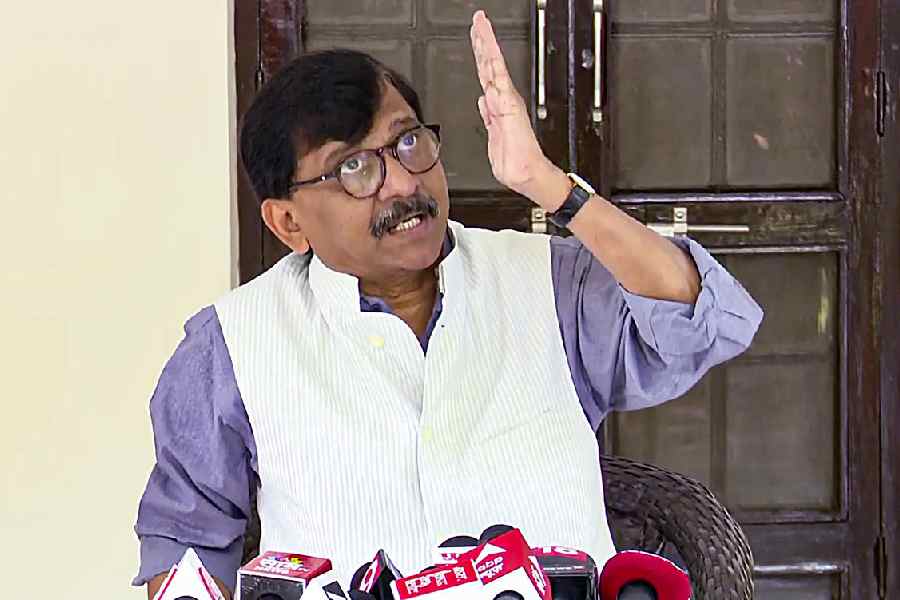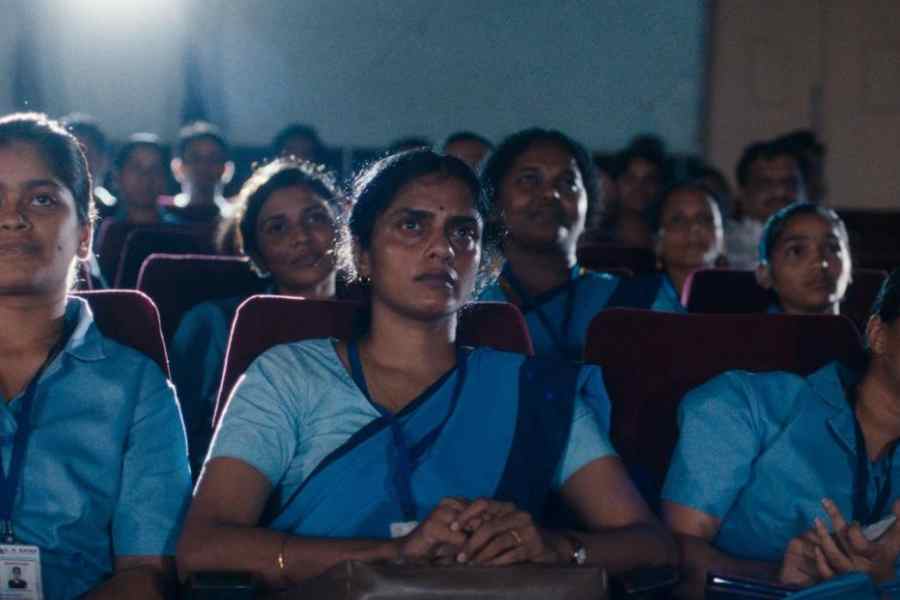Reserve Bank of India (RBI) governor Shaktikanta Das on Tuesday said that one-off inflation reading below 4 per cent cannot dictate monetary policy. The headline number should be durably aligned to the apex bank’s medium-term target for any course change, he said.
In an interview to a TV channel, Das asked banks to monitor the gap between credit and deposit growths as it could potentially lead to a structural liquidity issue.
Retail inflation had declined to a five-year low of 3.54 per cent in July on account of subdued food prices and a base effect. The RBI is mandated to keep inflation at 4 per cent with a margin of 2 per cent on either side. The lower headline number stoked expectations of an early rate cut by the monetary policy committee (MPC) of the RBI. Recently, the MPC kept the repo rate unchanged at 6.5 per cent for the ninth time in a row.
“Our target is durable alignment to the target, to stay close to 4 per cent. A one-off 4 per cent reading cannot drive policy, we have to be patient,” Das told the channel.
Das added the RBI should ensure price stability in the economy since it gives a lot of confidence to the consumer. “Maintaining inflation will also bring investor confidence.’’
Recently, the Economic Survey had suggested the RBI’s inflation target should exclude food since it is outside the central bank’s control.
While there have been reports that a government committee is considering a big cut in the weightage of food to curb inflation spikes, Das reiterated food inflation pressures cannot be ignored.
“We cannot take fuel and food out of the equation and say that inflation is falling. It is not looking at the issue through the common person’s lens. Food inflation share in overall consumption basket is 46 per cent. Nearly 50 per cent of a household’s spending is toward food, future data will determine where rates will move.
“We have confidence that inflation will fall and come around 4 per cent, but for this year, average CPI inflation rate is 4.5 per cent. There are a lot of uncertainties to account for right now,’’ the RBI governor said.
Das said the lenders should monitor their credit deposit growth. Recent data has showed that deposit growth in the banking system at 10.6 per cent lags credit growth at 13.7 per cent.
“Young Indians are aspirational and there is nothing wrong in it, it is a natural process and is actually a positive development. Our advice to banks is that you should carefully monitor this change. Currently, this is not an issue, but in the future, this can lead to a structural liquidity issue.
“Banks have to be proactively careful about dealing with liquidity management. Credit and deposit growth must be in balance’’, Das said.
Replying to a query on regulatory actions, Das said that it is not “a punishment’’, but a “corrective measure’’.
“We conduct on-site and off-site supervision of entities we regulate. Supervision has been developed and used to its best. We are maintaining an eagle’s eye on the entities. When we find a deficiency, we alert the entities and ask for a clear road map.
“We expect that they address the deficiency in time. Our action comes after the entities have been given time to address the issues,’’ he said.











